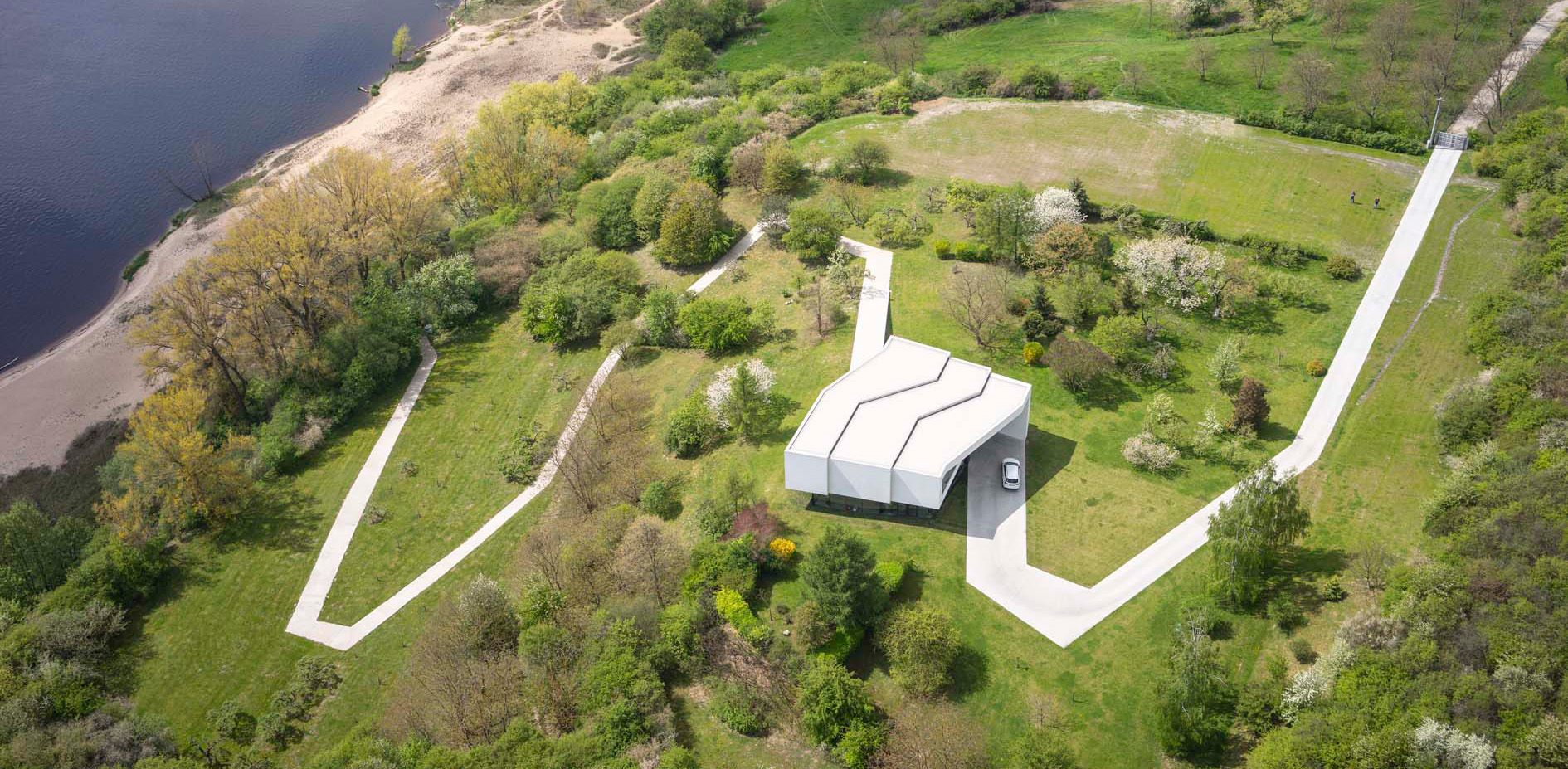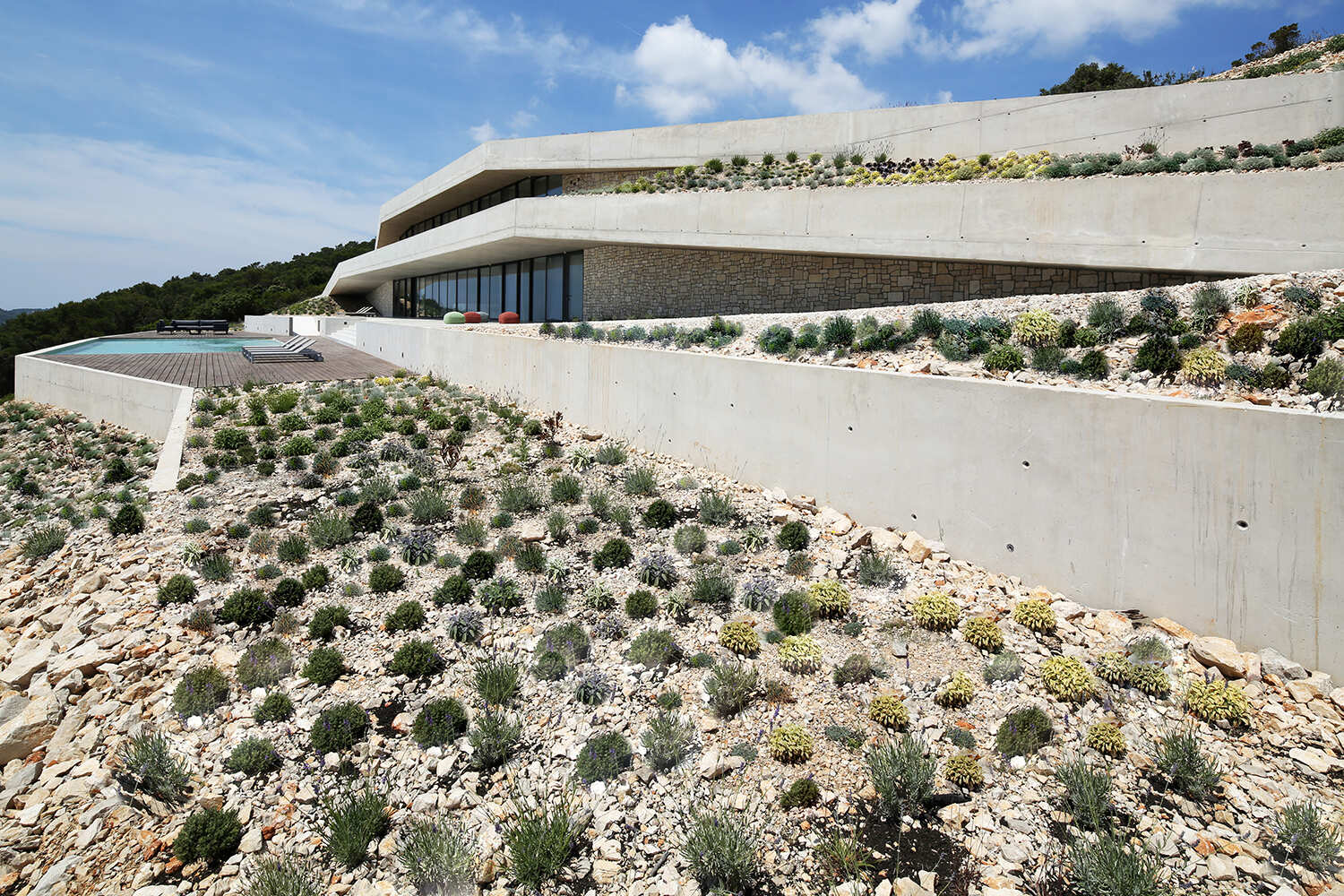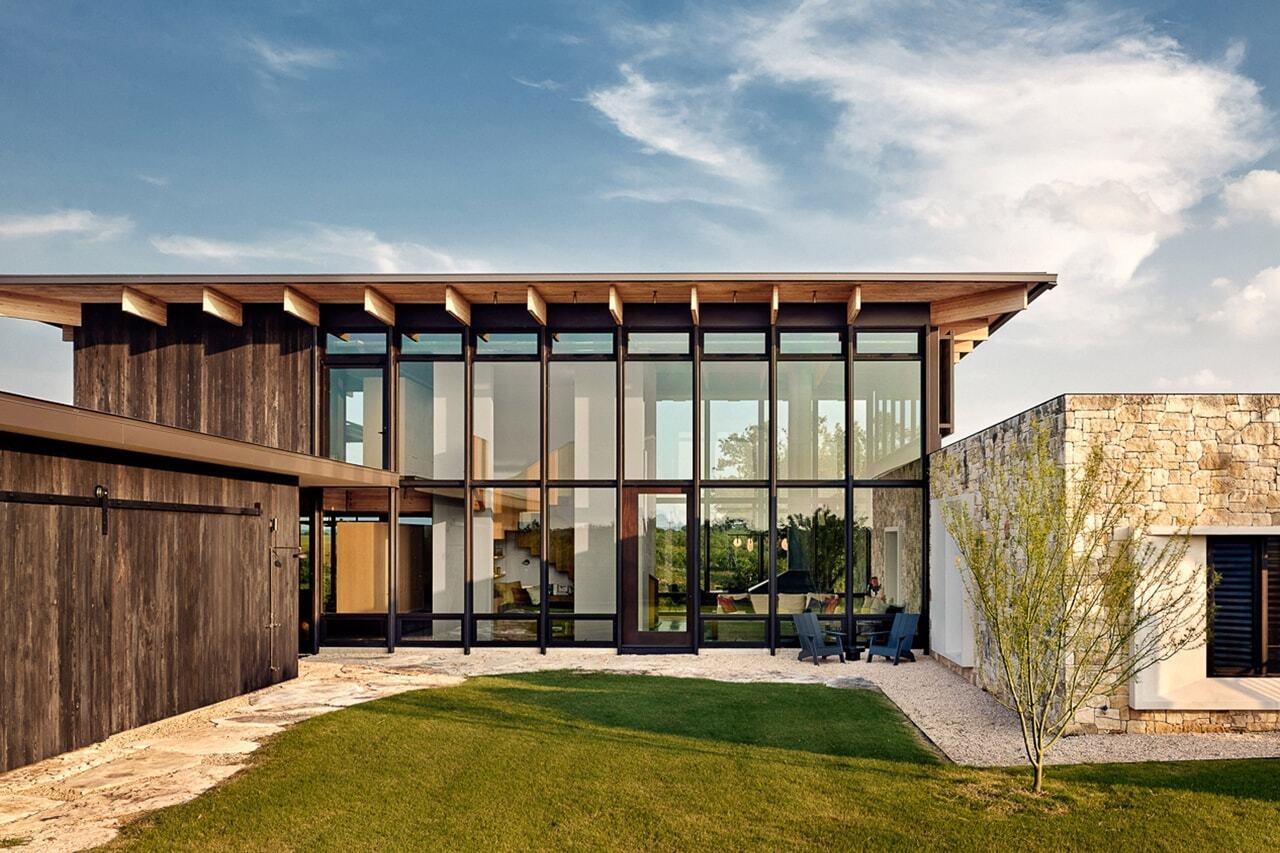Kew Gardens' Palm House and Waterlily House to become "first net-zero glasshouses of their kind"


Two Victorian greenhouses in London's Kew Gardens are set to be renovated by Hugh Broughton Architects and heated by electricity and a heat pump system.
In the past, Palm House and Waterlily House have been heated using coal, oil and gas, but this is set to change with the update led by Kew Capital Projects Team with Hugh Broughton Architects as lead designer.

As part of the renovation of the glasshouses, Hugh Broughton Architects will introduce a fully electrified heating system comprising air- and water-source heat pumps, which Kew Gardens claims will make the glasshouses operationally net-zero.
"With sustainability at the core of Kew's mission, our team of world-class experts is harnessing cutting-edge technology to deliver the first net-zero glasshouses of their kind," said Kew's head of sustainability Rachel Purdon.

The Palm House, which was built between 1844 and 1848 and is the world's oldest surviving Victorian glasshouse, is no longer energy efficient.
It is also showing signs of deterioration, with its iron frame suffering from corrosion due to the humid atmosphere inside the greenhouse.
"The Palm House and Waterlily House at Kew Gardens are instantly recognisable icons of Victorian innovation," said Hugh Broughton Architects founder Hugh Broughton.
"Their designs were truly groundbreaking for their time, helping to conserve extraordinary plant collections and inspiring architects and engineers for generations," he added.
"However, as a result of the high humidity and temperatures necessary to keep the plants in good health, the wrought iron structures have needed a cycle of maintenance every 30 to 40 years and once again require careful renovation."

As well as renovating its iron structure, the Palm House's glazing will be upgraded to increase its heating efficiency.
A total of 16,500 glass panes installed in the 1980s will be replaced with new versions, which will be sealed with bespoke clear silicone gaskets to reduce heat loss.
Original vents will also be reinstated to improve the airflow in the building, and it will be given maximised rainwater storage and irrigation upgrades.
The Waterlily House, which, like Palm House, was designed by architect Decimus Burton and constructed by iron-maker Richard Turner, will also be renovated.
The 1852 building will receive similar updates to Palm House, with the structure conserved and the glazing changed and sealed. It will also get a new heating system.
"This is the first time in history that renewable options are available to power both glasshouses," Hugh Broughton Architects said.

Hugh Broughton Architects will work with historic building specialists Martin Ashley Architects, structural engineers Ramboll, services engineers Cundall and quantity surveyors Firmingers on the project, which will also update the glasshouses' interiors.
At Palm House, the studio will introduce a central gathering space, as well as new seating and spaces at the north and south apses. At Waterlily House, focus will be on improving accessibility.
"This exciting project will help to conserve and decarbonise these inspiring glasshouses and make them more accessible to a wider audience," Broughton said.
"The project will elegantly reflect Kew's ambitious Climate Positive 2030 strategy, creating a sustainable future to remind us of the fragility of the rainforests and our role in their protection."

Outside Palm House, the original ornamental garden design by landscape architect William Nesfield will be restored.
The renovation is starting in 2027 and is expected to last four or five years, but Kew Gardens has already started moving the 1,300 plants housed in the greenhouses. Plants that are too large or fragile to move will be propagated.
Hugh Broughton Architects also recently completed a timber enclosure to screen off a pump house in Kew Gardens, and has previously added a viewing deck to a restored 13th-century tower.
The post Kew Gardens' Palm House and Waterlily House to become "first net-zero glasshouses of their kind" appeared first on Dezeen.



















































